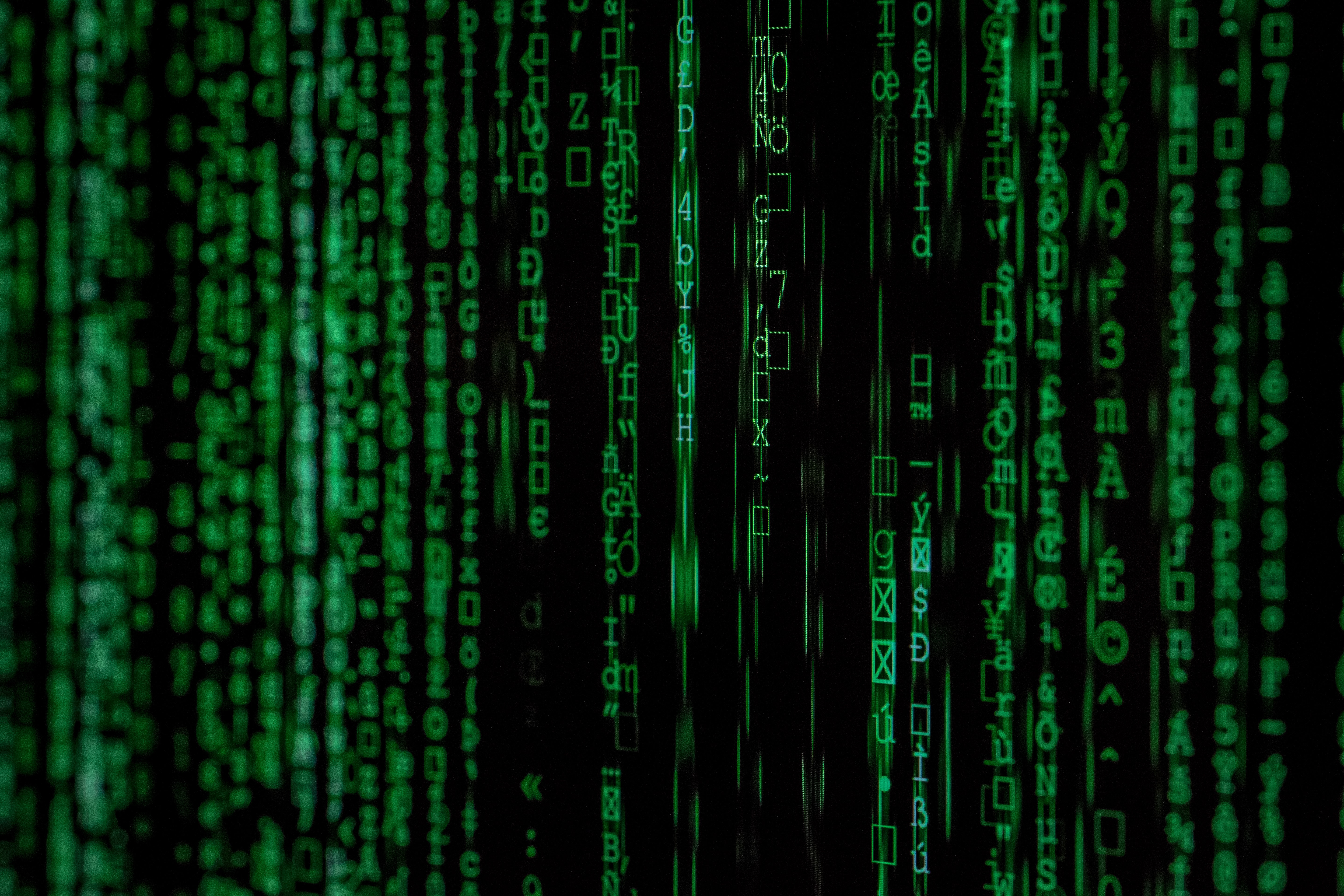
Cybersecurity is the practice of protecting internet-connected systems, including hardware, software, and data, from any attack, damage, or unauthorized access. With the increasing reliance on technology in our daily lives, it is essential to understand the types of cyber threats and how to protect ourselves against them.
One of the most common types of cyber threats is malware, which is a type of software specifically designed to harm or exploit a computer system. Malware can include viruses, spyware, and adware that are all designed to gather personal information or control your computer without your knowledge. Viruses are programs designed to replicate themselves and spread to other computers. This can cause damage to your computer by deleting files, stealing personal information, or even taking control of your computer.
Another common cyber threat are phishing attacks. In these cases, cybercriminals send an email or a text message that appears to be from a legitimate source such as a bank or other financial institutions. The message will typically ask the recipient to click on a link or to provide personal information which the cybercriminal will then use to steal the person's identity or to access their financial accounts.
A third common type of cyber threats is the password attack, through which hackers attempt to access password-secured files, folders, accounts, or computers. This can be done by guessing the password, or by randomly trying a combination of names, hobbies, and essential years or numbers. Surprisingly, over 75% of internet users set passwords consisting of the first 500 words of this list.
To protect yourself against these types of cyber threats, it is essential to keep your computer and software updated with the latest security patches. This will help to ensure that any vulnerabilities in your system are fixed before they can be exploited by cybercriminals. Additionally, you should use a reputable antivirus program to scan your computer for malware and other threats.
Another way to stay safe from cyber threats is to be cautious when opening emails or clicking on links from unknown sources. If you receive an email or a text message that appears to be from a financial institution or another legitimate source, do not click on any links and don’t provide any personal information until you have verified the authenticity of the message.
Finally, it is important to use strong passwords and to avoid using ones that include any public information like your birthday, pet’s name, nicknames, apartment address, etc… These go-to passwords are too obvious and easy to guess, especially by those who know you personally or follow you on Facebook, Instagram or LinkedIn. Also, make sure not to use the same password for multiple accounts. This will help to ensure that even if cybercriminals are able to steal one of your passwords, they will not be able to access all of your accounts.
For businesses, it is also important to have a disaster recovery plan in place in case of a cyber attack, in order to quickly recover and minimize damage. Businesses should also regularly back-up their data, so that it can be restored with ease in the event of any threat or accident.
Cybersecurity is a growing concern in today's digital age, as more and more personal and sensitive information is being stored and shared online. This information can include anything from credit card and social security numbers, to personal photos and confidential business documents. With this increased reliance on technology comes an increased risk of cyber attacks, so let’s all remain aware, and safe.